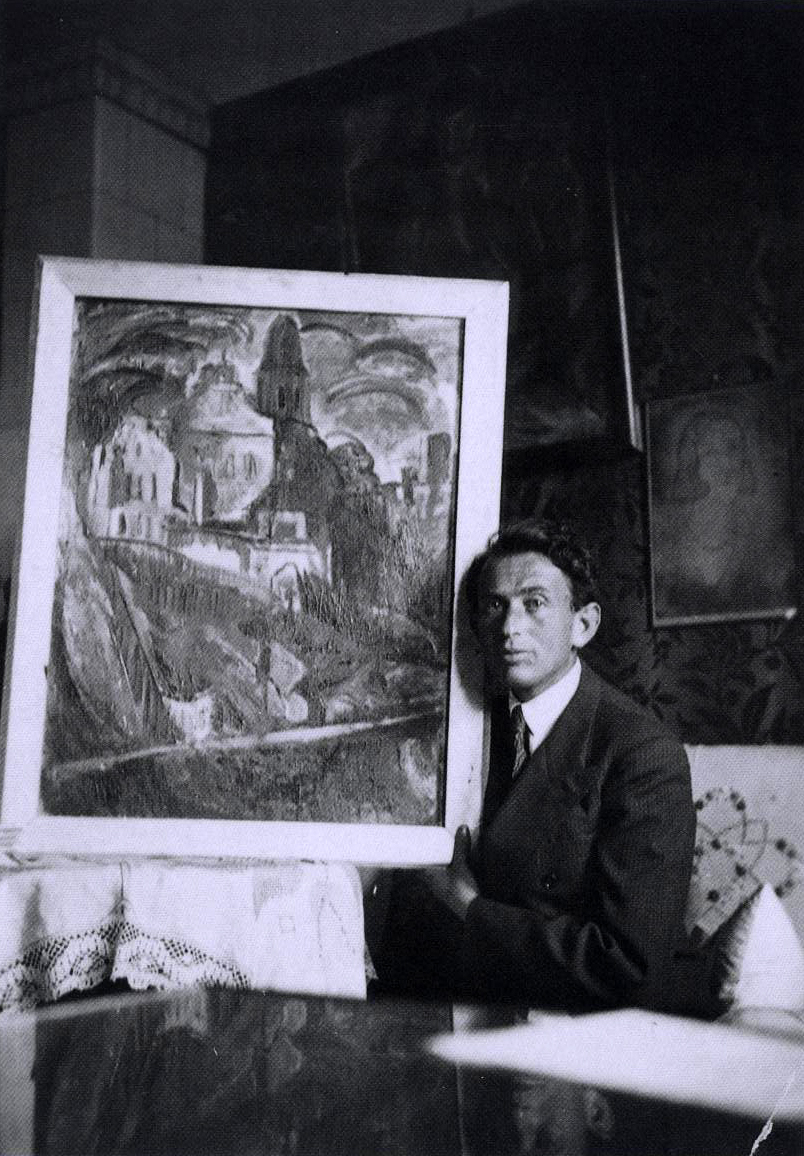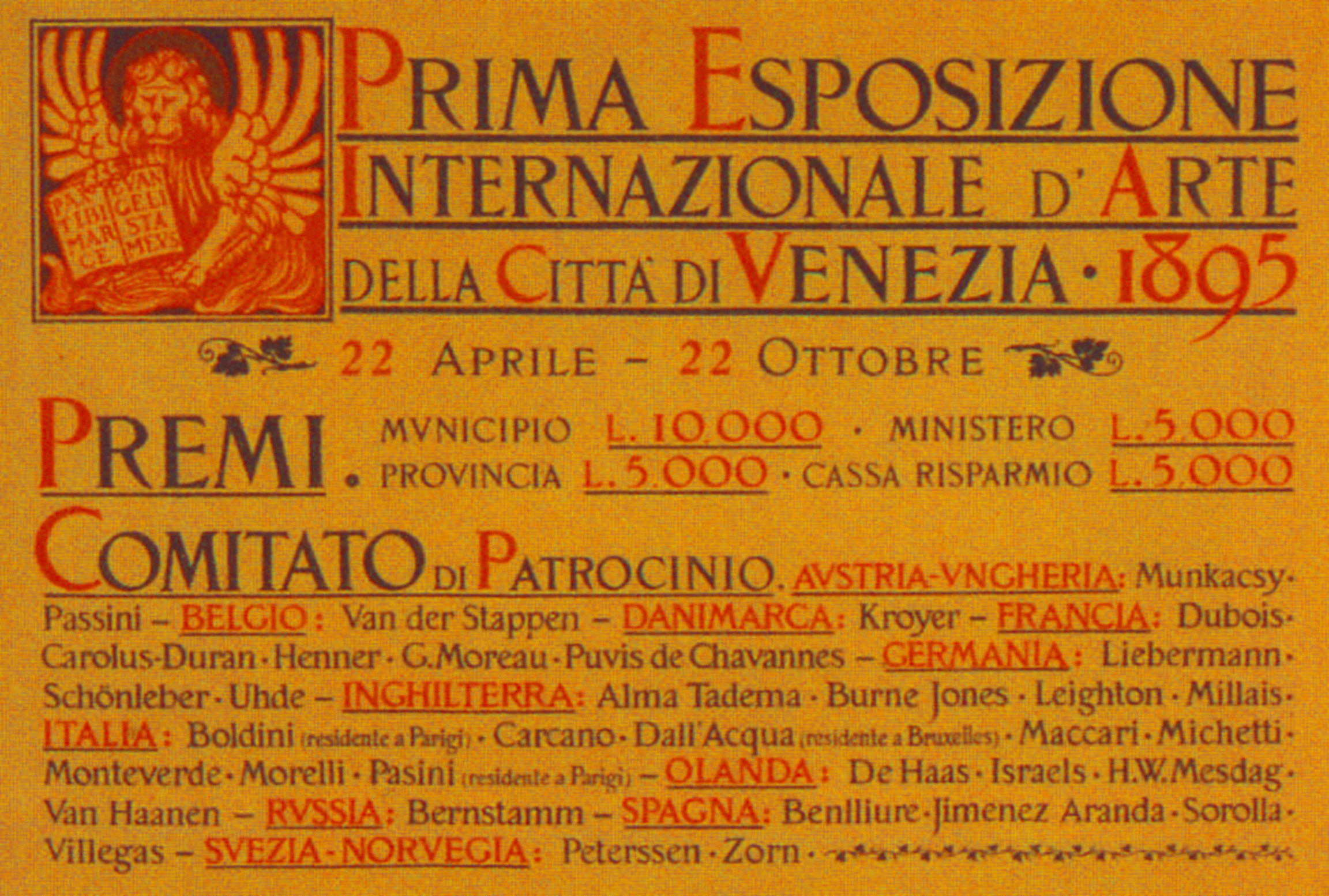|
Yehezkel Streichman
Yehezkel Streichman (; 1906 – January 12, 1993) was an Israeli painter. He is considered a pioneer of Israeli modernist painting. Among the awards that he won were the Dizengoff Prize and the Israel Prize. Biography Yehezkel Streichman was born in Kovno, Russian Empire (now Lithuania). He studied at the local gymnasium, was a member of Hashomer Hatza'ir, and emigrated to Palestine in 1924. Art career Streichman studied at the Bezalel Academy of Art and Design with Arie Aroch in 1924–27. He also studied under Yitzhak Frenkel in the Histadrut Art Studio in Tel Aviv. He, like other students of Frenkel followed his advise to complement their studies in Paris. Thus he left for France, completing his studies in Paris at the École des Beaux-Arts (1927) and in Florence at the Academy of Art (1928–31). He taught painting throughout his life; in elementary and high schools in 1936, at Kibbutz Ashdot Yaakov in 1941, and at the Avni Institute in Tel Aviv in 1944 and from 1954� ... [...More Info...] [...Related Items...] OR: [Wikipedia] [Google] [Baidu] |
Kovno
Kaunas (; ) is the second-largest city in Lithuania after Vilnius, the fourth largest List of cities in the Baltic states by population, city in the Baltic States and an important centre of Lithuanian economic, academic, and cultural life. Kaunas was the largest city and the centre of a in the Duchy of Trakai of the Grand Duchy of Lithuania and Trakai Voivodeship, Trakai Palatinate since 1413. In the Russian Empire, it was the capital of the Kovno Governorate, Kaunas Governorate from 1843 to 1915. During the interwar period, it served as the temporary capital of Lithuania, when Vilnius was Polish–Lithuanian War, seized and controlled by Second Polish Republic, Poland between 1920 and 1939. During that period Kaunas was celebrated for its rich cultural and academic life, fashion, construction of countless Art Deco and Lithuanian National Revival architectural-style buildings as well as popular furniture, interior design of the time, and a widespread café culture. The city in ... [...More Info...] [...Related Items...] OR: [Wikipedia] [Google] [Baidu] |
Dani Karavan
Daniel "Dani" Karavan (; 7 December 1930 – 29 May 2021) was an Israeli sculptor best known for site specific memorials and monuments which merge into the environment. Biography Daniel (Dani) Karavan was born in Tel Aviv. His father Abraham, was the chief landscape architect of Tel Aviv from the 1940s to the 1960s.Pixel-Delight Dani Karavan website accessed 4 January 2007. At the age of 13, he began studying painting. From 1943 to 1944 he studied art under Aharon Avni, at the Avni Institute. From 1945 to 1948 he studied with |
Jerusalem
Jerusalem is a city in the Southern Levant, on a plateau in the Judaean Mountains between the Mediterranean Sea, Mediterranean and the Dead Sea. It is one of the List of oldest continuously inhabited cities, oldest cities in the world, and is considered Holy city, holy to the three major Abrahamic religions—Judaism, Christianity, and Islam. Both Israel and Palestine claim Jerusalem as their capital city; Israel maintains its primary governmental institutions there, while Palestine ultimately foresees it as its seat of power. Neither claim is widely Status of Jerusalem, recognized internationally. Throughout History of Jerusalem, its long history, Jerusalem has been destroyed at least twice, Siege of Jerusalem (other), besieged 23 times, captured and recaptured 44 times, and attacked 52 times. According to Eric H. Cline's tally in Jerusalem Besieged. The part of Jerusalem called the City of David (historic), City of David shows first signs of settlement in the 4th ... [...More Info...] [...Related Items...] OR: [Wikipedia] [Google] [Baidu] |
Petach Tikva
Petah Tikva (, ), also spelt Petah Tiqwa and known informally as Em HaMoshavot (), is a city in the Central District of Israel, east of Tel Aviv. It was founded in 1878, mainly by Haredi Jews of the Old Yishuv, and became a permanent settlement in 1883 with the financial help of Edmond Rothschild. In , the city had a population of , thus being the fifth-largest city in Israel. Its population density is approximately . Its jurisdiction covers 35,868 dunams (~35.9 km2 or 15 sq mi). Petah Tikva is part of the Gush Dan metropolitan area. Etymology Petah Tikva takes its name (meaning "Door of Hope") from the biblical allusion in Hosea 2:15: "... and make the valley of Achor a door of hope." The Achor Valley, near Jericho, was the original proposed location for the town. History Tel Mulabbis, an archaeological mound in modern Petah Tikva, is an important archaeological site from the Yarkon River basin, with habitation remains from the Roman, Byzantine, Early Islamic, C ... [...More Info...] [...Related Items...] OR: [Wikipedia] [Google] [Baidu] |
Tel Aviv Museum
The Tel Aviv Museum of Art ( ''Muzeon Tel Aviv Leomanut'') is an art museum in Tel Aviv, Israel. The museum is dedicated to the preservation and display of modern and contemporary art both from Israel and around the world. History The Tel Aviv Museum of Art was established in 1932 in a building at 16 Rothschild Boulevard that was the former home of Tel Aviv's first mayor, Meir Dizengoff, who had donated the property for a museum in memory of his wife, Zina, following her death in 1930. On 14 May 1948, 250 delegates quietly gathered at the museum for the historic signing of the Israeli Declaration of Independence. In 1971, the building became Independence Hall when the museum relocated to 27Shaul Hamelech Boulevard. Curator Nehama Guralnik began working at the museum in 1971, when French was the common language among staff, including the director, administrators, and the curators. Catalogues were printed in French and Hebrew, with English introduced later that decade. Guralnik cu ... [...More Info...] [...Related Items...] OR: [Wikipedia] [Google] [Baidu] |
Histadrut
Histadrut, fully the New General Workers' Federation () and until 1994 the General Federation of Labour in the Land of Israel (, ''HaHistadrut HaKlalit shel HaOvdim B'Eretz Yisrael''), is Israel's national trade union center and represents the majority of Israel's trade unionists. Established in December 1920 in Mandatory Palestine, it soon became one of the most powerful institutions in the Yishuv (the body of Jewish residents in the region prior to the establishment of the state). Today, it has 800,000 members. History The Histadrut was founded in December 1920 in Haifa to look out for the interests of Jewish workers. Until 1920, Ahdut HaAvoda and Hapoel Hatzair had been unable to set up a unified workers organisation. In 1920, Third Aliyah immigrants founded Gdud HaAvoda and demanded a unified organization for all Jewish workers, which led to the establishment of the Histadrut.Z. Tzahor, "The Histadrut", in ''Essential papers on Zionism'', 1996, Reinharz & Shapira (eds.) ... [...More Info...] [...Related Items...] OR: [Wikipedia] [Google] [Baidu] |
Israel Museum
The Israel Museum (, ''Muze'on Yisrael'', ) is an Art museum, art and archaeology museum in Jerusalem. It was established in 1965 as Israel's largest and foremost cultural institution, and one of the world's leading Encyclopedic museum, encyclopaedic museums. It is situated on a hill in the Givat Ram neighborhood of Jerusalem, adjacent to the Bible Lands Museum, the National Campus for the Archaeology of Israel, the Knesset, the Israeli Supreme Court, and the Hebrew University of Jerusalem. The Israel Museum houses a collection of approximately 500,000 items. Its holdings include the world's most comprehensive collections of the archaeology of the Holy Land, and Jewish art and life, as well as significant and extensive holdings in the fine arts, the latter encompassing eleven separate departments: Israeli art, Israeli Art, Art of Europe, European Art, Modern Art, Contemporary art, Contemporary Art, Prints and Drawings, Photography, Design and Architecture, Asian art, Asian Art, Af ... [...More Info...] [...Related Items...] OR: [Wikipedia] [Google] [Baidu] |
Ramat Gan
Ramat Gan (, ) is a city in the Tel Aviv District of Israel, located east of the municipality of Tel Aviv, and is part of the Gush Dan, Gush Dan metropolitan area. It is home to a Diamond Exchange District (one of the world's major diamond exchanges), Sheba Medical Center (the largest hospital in Israel) and many high-tech industries. Ramat Gan was established in 1921 as a moshava, a communal farming settlement. In it had a population of almost 200,000. History Ramat Gan was established by the ''Ir Ganim'' association in 1921 as a satellite town of Tel Aviv. The first plots of land were purchased between 1914 and 1918. It stood just south of the Arab village of Jarisha. The settlement was initially a moshava, a Zionist agricultural colony that grew wheat, barley and Watermelon, watermelons. The name of the settlement was changed to Ramat Gan (lit: ''Garden Height'') in 1923. The settlement continued to operate as a moshava until 1933, although it achieved local council (Isra ... [...More Info...] [...Related Items...] OR: [Wikipedia] [Google] [Baidu] |
Joseph Zaritsky
Joseph (Yossef) Zaritsky (; September 1, 1891 – November 30, 1985) was one of the early promoters of modern art in the Land of Israel both during the period of the Yishuv (the body of Jewish residents in the Land of Israel before the establishment of the State of Israel) and after the establishment of the State. Regarded as one of the most influential Israeli painters, Zaritsky is known for cofounding the "Ofakim Hadashim" group. In his works, he created a uniquely Israeli style of abstract art. For this work he was awarded the Israel Prize for painting in 1959. Biography Russia, 1891–1923 Joseph Zaritsky was born in 1891 in Boryspil, in the Poltava Oblast (province), in the Southwestern portion of the Russian Empire (today the Kyiv Oblast of Ukraine), to a large, traditional Jewish family. His parents, Golda and Joseph Ben Ya'acov, were farmers with National-Zionist leanings. One of the main expressions of this was their devoting of two rooms in their home to the study of He ... [...More Info...] [...Related Items...] OR: [Wikipedia] [Google] [Baidu] |
São Paulo Art Biennial
The São Paulo Art Biennial ( Portuguese: ''Bienal de São Paulo'') was founded in 1951 and has been held every two years since. It is the second oldest art biennial in the world after the Venice Biennale (in existence since 1895), which serves as its role model. History The Biennial was founded by the Italian-Brazilian industrialist Ciccillo Matarazzo (1898–1977). Since 1957, the São Paulo Biennial has been held in the Ciccillo Matarazzo pavilion in the Parque do Ibirapuera. The three-story pavilion was designed by a team led by architects Oscar Niemeyer and Hélio Uchôa, and provides an exhibition space of 30,000 m2. The São Paulo Bienal features Brazilian and international contemporary art and is one of South America's most important large-scale art exhibitions. After the completion of the 6th Biennial, the São Paulo Biennial Foundation was created to advance the exhibition, which until then had been organized by the Museu de Arte Moderna de São Paulo (MAM-SP). Th ... [...More Info...] [...Related Items...] OR: [Wikipedia] [Google] [Baidu] |
Venice Biennale
The Venice Biennale ( ; ) is an international cultural exhibition hosted annually in Venice, Italy. There are two main components of the festival, known as the Art Biennale () and the Venice Biennale of Architecture, Architecture Biennale (), which are held in alternating years (hence the name). There are also four additional components, each usually held on an annual basis, comprising , , Venice Film Festival, and Venice Dance Biennale. Between them they cover contemporary art, architecture, music, theatre, film, and contemporary dance. The main exhibition is held in Castello, Venice, Castello and has around 30 permanent pavilions built by different countries. The Biennale has been organised every year since 1895, which makes it the oldest of its kind. Since 2021, the Art Biennale has taken place in even years and the Architecture Biennale in odd years. History 1895–1947 On 19 April 1893, the Venetian City Council passed a resolution to set up an biennial exhibition of I ... [...More Info...] [...Related Items...] OR: [Wikipedia] [Google] [Baidu] |








